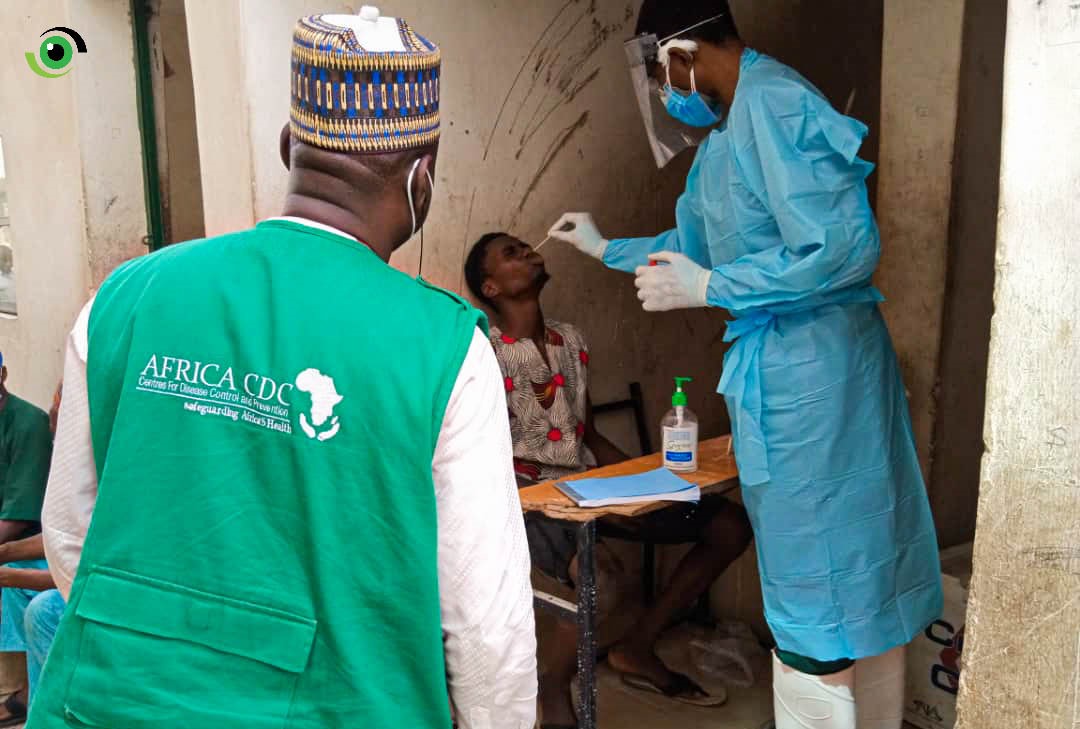For several weeks, sixty-year-old Musa Danyadikko had been grappling with a strange fever and cough that had defied all known treatment. One day in June, sitting in his home in Gwarzo town, 75 kilometers north-west of Kano metropolis, he heard that public health officials from Kano had arrived at the palace of the District Head of Gwarzo to take random samples from people in order to test for the coronavirus disease.
This was part of an innovative community testing strategy introduced by the government of Kano State. The mass sampling exercise lasted a period of eight days, and during that time, a total of 4,000 samples were taken across all the ten wards of Gwarzo Local Government Area, according to data from the Kano State COVID-19 taskforce.
Danyadikko, who had been largely confined to his mud-brick home since the beginning of the outbreak, managed to make his way to the sample collection venue. “For someone who had been sick for a long time, the opportunity to get tested was one I quickly jumped at,” he said. “After my sample was taken and it returned positive, I was asked to proceed to Kano for isolation. At the isolation centre, we were fed, given medication as well as being tested twice a day (6am and 6pm). After 15 days, we were certified free of the virus and discharged.” The sexagenarian is one of forty-five people who had, in June, tested positive for COVID-19.
Unlike Danyadikko, 40-year-old Sunusi Garba, whose sample was also taken during the mass testing campaign in Gwarzo, had tested negative to the virus. On why he presented himself for testing even though he wasn’t exhibiting any symptoms of COVID-19 and even as many people were afraid of getting tested, Garba said: “In a period of a pandemic such as this, every responsible person should present themselves for testing; this is necessary not only to safeguard their health but also to protect those around them.”
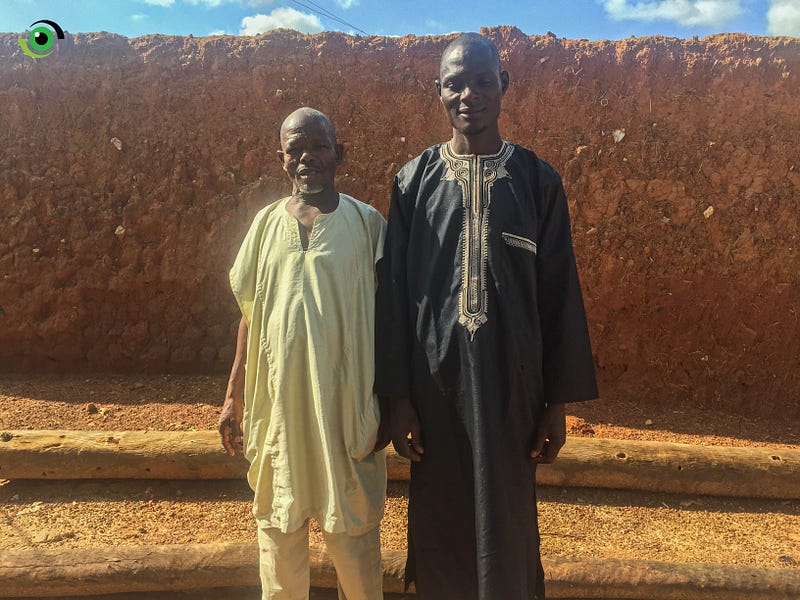
Conversely, 43-year-old Mujittafa Haladu of Zage community within Kano municipality wasn’t as lucky as Garba. Although he also didn’t exhibit any symptoms of the coronavirus, his result had come out positive. “I felt like I was in a dream when I learnt I was positive of the virus,” he said. “But I wasn’t surprised since I am someone who relates with a lot of people on a daily basis. In fact, the index case of COVID-19 in Kano is a native of my community, and although I haven’t had a physical interaction with him for a long time, I could have interacted with someone who did.”
Why community sampling?
The saying goes that when Kano State sneezes, other northern states catch a cold. This is not surprising considering Kano State’s strategic position as not only the most populous northern state, but also the commercial nerve center of northern Nigeria. Index COVID-19 cases of many northern states were traced to Kano; this can be linked to the fact that Kano’s early response to COVID-19 had been characterised by too many inconsistencies prompting a public outcry from across Nigeria.
In March and April 2020, Kano had recorded mysterious and unexplained deaths; initially, the state government had blamed the spike in mortality rates on complications such as malaria, hypertension, and pneumonia. Conversely, after the conclusion of its fact-finding mission on the strange deaths in Kano in May, a presidential mission sent to the state said that after verbal autopsies, a large share of the deaths could be attributed to COVID-19.
Whereas confirmed COVID-19 cases from Kano in the April-May period were as high 70 per day, by June, daily figures of COVID-19 cases from Kano had drastically gone down to averagely less than 20 cases per day, with certain days even recording zero cases of the virus. This led to various suspicions and speculations about the declining number of cases from a state which at one point recorded a high number of positive cases, second only to the epicentre, Lagos — in terms of daily confirmed COVID-19 cases in Nigeria.
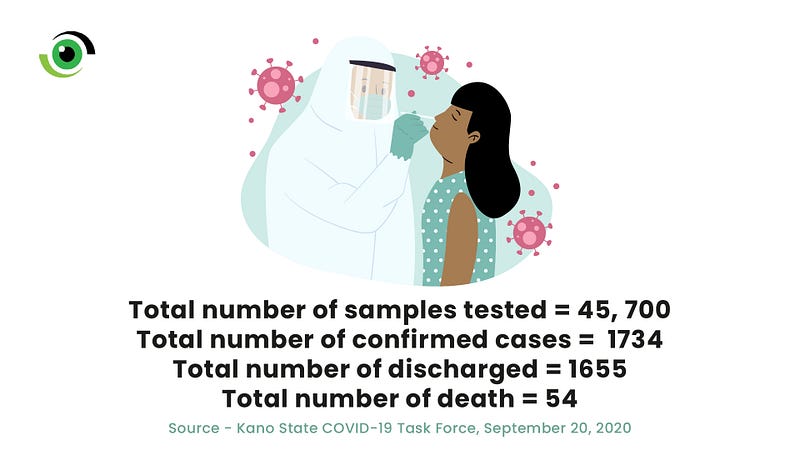
Some experts concluded that the decline in positive cases was as a result of low-level sampling and testing, while some accused the state government of underreporting cases. These low numbers prompted stakeholders involved in the Kano State response effort to come up with the community sampling strategy as a means of ramping up access to coronavirus testing in the state.
“A pilot community testing was conducted at Zango and Dorayi wards of Kano Municipal and Gwale LGAs, respectively. The selection of the wards and LGAs was guided by data from NCDC showing wards and LGAs with highest numbers of cases and deaths from COVID-19,” said Dr Musa Abdullahi, a field epidemiologist with the Africa Centres for Disease Control (Africa CDC) deployed to Kano by the Nigeria Centre for Disease Control (NCDC) to support the COVID-19 response. “The idea is that it is in communities where you have cases and deaths that you are likely to have more cases because of community transmission,” he said.
Ramping-up COVID-19 testing
Dr Abdullahi said several COVID-19 cases were picked up from the pilot community sampling exercise in Kano Municipal and Gwale LGAs — both located within the Kano metropolitan area — hence the decision to scale up the campaign. This scale up was LGA-wide. The first phase covered three LGAs: Nassarawa, Kumbotso and Gwarzo and a combined total of 11,854 samples were taken. The second and third phases were conducted in Wudil, Dambatta, Tarauni and Shanono LGAs, from where a combined total of over 15,000 samples were taken, he said.
“In selecting the LGAs we, in addition to the LGAs with prior recorded positive cases of COVID-19, also looked at silent LGAs where no cases had been recorded before, such as Gwarzo, which hitherto only had a single case. But after the community testing was conducted and a total of over 4000 samples were collected across Gwarzo LGA, 45 returned positive,” he said.
Dr Tijjani Hussaini, the COVID-19 incident manager in Kano, said he did not think the conventional strategy of giving out toll-free lines for symptomatic people to call and ask for their samples to be taken and tested would lead to an effective response against the pandemic, thus Kano State’s decision to pioneer the community sampling strategy.
“Initially, we waited for people to call us and say, ‘We are sick, you need to come and get us tested.’ That will never lead to an effective response because positive persons who are asymptomatic will continue to spread the disease, ignorantly. In order to get more people tested, isolated and treated, we realized we needed to go into community sampling which has proved very valuable. Kano was able to test so high a number of people within a short period of time. It has brought about reduction in community transmission because those who are positive are being isolated hence also the decline in infection rates,” he said.
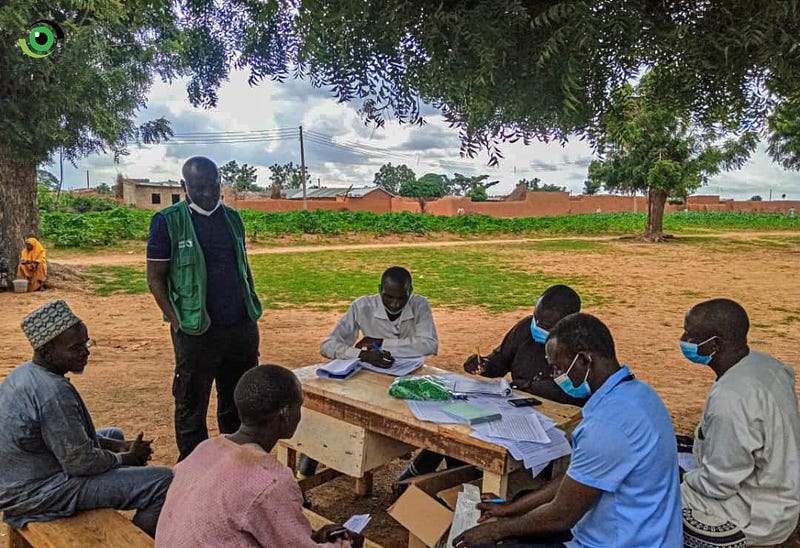
At present, based on a Nigeria Centre for Disease Control advisory, the community testing strategy is being modified to focus on targeted community sampling instead of a random one. Consequently, the state will now be pursuing at-risk clusters of people including those who by nature of their lifestyles or condition are exposed to the virus. An example of the groups of people on whom Kano’s searchlight for COVID-19 cases will now be beamed at, are long distance drivers in transit towns, Internally Displaced Persons (IDPs), as well as prisoners.
“We are being guided by data — where there is high infection rates, which communities are more at risk. So, we are going to disaggregate our data, sieve out areas with prevalence of cases and carry out targeted testing for members of specific clusters. We will engage members of each cluster through community leaders, religious leaders and key influencers, so they don’t feel targeted and stigmatized,” said Dr Hussaini.
Lessons from Kano
The transformation of the coronavirus testing landscape in Kano State, courtesy of the innovative community sampling method, resulted from collaborative efforts between the Kano State government, NCDC and development partners, including the World Health Organisation (WHO), Africa CDC, Dangote Foundation, and eHealth Africa. Others are the African Field Epidemiology Network (AFENET), the Clinton Health Access Initiative (CHAI), UK-LAFIYA programme and CORE Group. As a result of this partnership, Kano State’s daily COVID-19 testing numbers are the highest in Nigeria.
“We supported Kano State with sample collection outlets, a call centre with a toll-free line for people to call and report cases and a testing laboratory with the capacity to process up to 100 samples daily. The EHA Clinics, an affiliate of eHealth Africa, also collects and process samples,” Abubakar Shehu, project manager at eHealth Africa, said, adding, “The community sampling is a good initiative, if copied by other states, COVID-19 will soon become a history in Nigeria.”
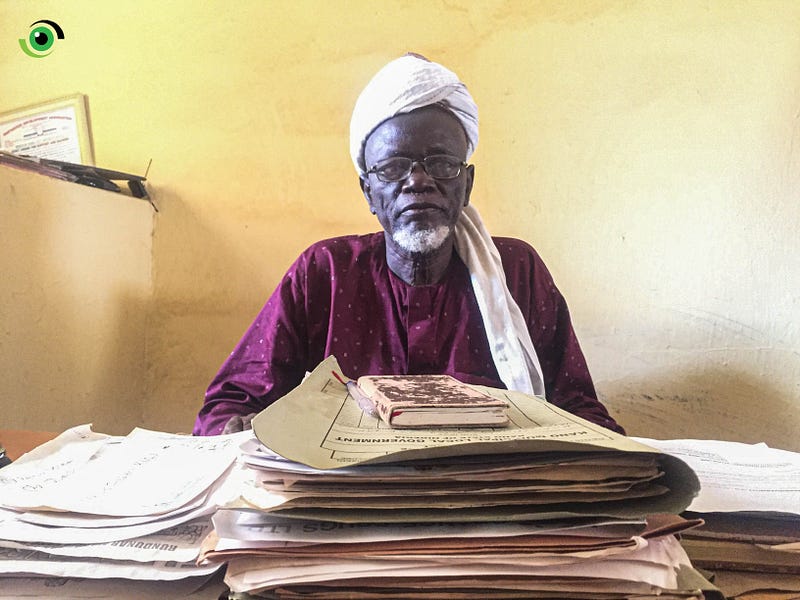
In addition to five molecular testing laboratories providing COVID-19 testing services to not only Kano State, but also neighboring states, Kano boasts many more sample collection outlets spread across the metropolitan and rural LGAs of the state. Thanks to a successful community mobilisation strategy and the fact that COVID-19 sample collection has been taken to the doorsteps of people in rural communities, more people across the state continue to present themselves for COVID-19 testing.
Aliyu Harazimi, a community leader in whose domain the community sampling was piloted in Kano Municipal, believes bringing COVID-19 sampling to the people’s doorsteps was vital in the campaign against the rampaging virus, especially since there has been community transmission of the virus in the state. “Every sensible person will want to know of their status. Unless through testing, there is no way to determine who is positive and who is not, which was why I led by example by presenting myself to be tested, after which my community members followed suit,” he said.
Nonetheless Dr Abdullahi believes that for a community sampling strategy to be effective, there has to be a massive mobilization, sufficient testing commodities and reagents, adequate testing laboratories, as well as enough manpower to achieve round-the-clock testing, which will guarantee improved turnaround between when samples arrive at the lab and when results are processed. “You need to have adequate labs to be able to test collected samples, we have had a situation whereby, because we had a very high number of samples, we had to be storing them for days before they could be taken to labs in batches,” he said.
Until recently, there were many misconceptions about COVID-19 in Kano; many citizens did not even believe in the disease’s existence, others were simply afraid of presenting themselves for testing. This is due to the fear of testing positive and being confined to isolation centres and the subsequent stigma people who had tested positive for the coronavirus face.
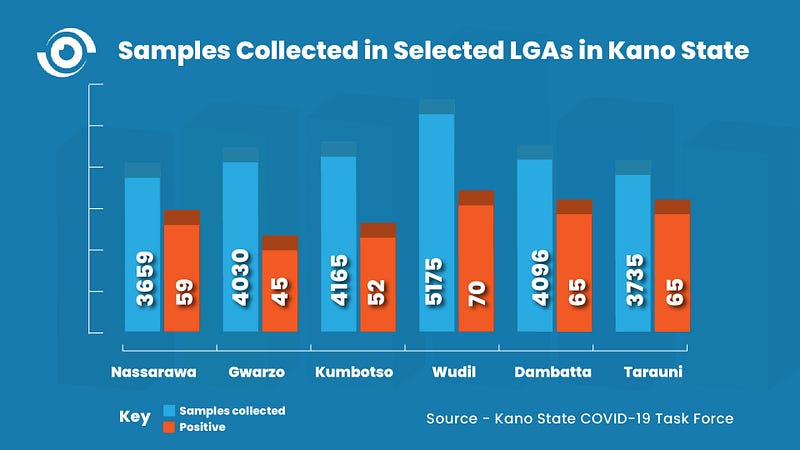
As at September 20, Kano has tested a total of 45,700 samples, with 1734 confirmed cases while a total of 1655 persons have been discharged and a total of 54 deaths resulting from COVID-19 were recorded. According to the latest publicly available data from the Kano State COVID-19 Task Force, Kano has a 4.43% and 3.28% positivity and mortality rates, respectively.
Kano’s pioneering community sampling strategy has completely transformed the COVID-19 testing landscape in the state. This ability to be able to test and isolate positive cases has effectively helped stem the threat of further community transmission. The consistent drop in COVID-19 reported cases is a laudable accomplishment from a state that was once an epicentre of the virus in Nigeria. However, the fact that community testing exercises have now been discontinued, is a major cause for concern. Since COVID-19 is still in existence and no available cure for the virus has been found, ensuring the sustainability of the community testing strategies will help safeguard the people of Kano State and neighbouring states against the rampaging virus. Unless testing continues, it will not be possible to know the burden of the virus in any state.
Do you know of other states who are using innovative methods to respond to COVID-19? Let us know in the comment section below, or on Twitter @nighealthwatch, or Facebook and Instagram @nigeriahealthwatch.


